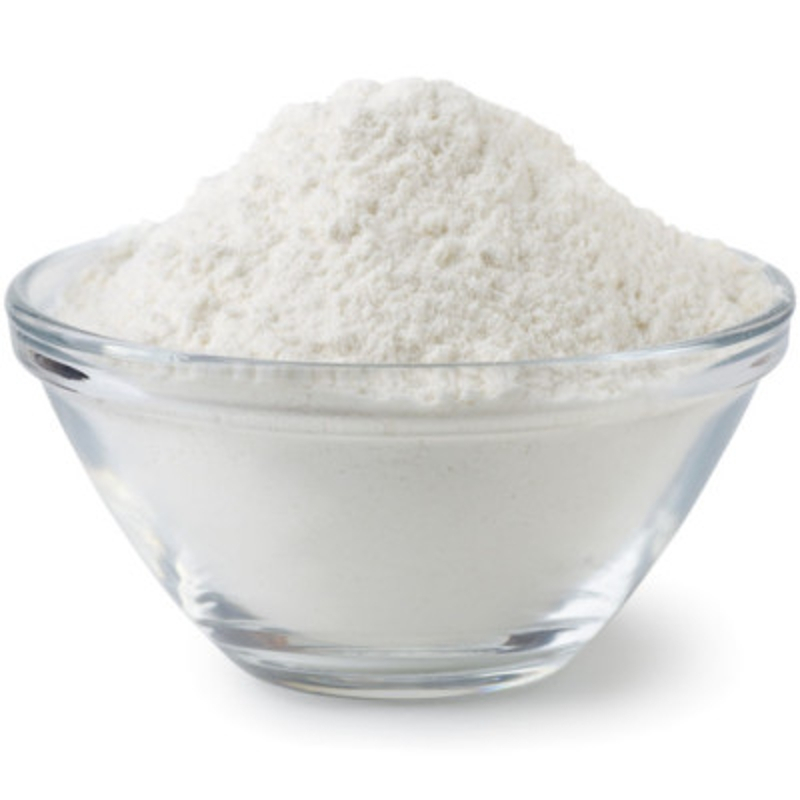In 2025, the chemical industry companies is facing a range of complex challenges stemming from macroeconomic conditions, environmental regulations, market competition, and technological advancements. Here are the key challenges and potential strategies to address them:
1. Slow Economic Growth and Weak Market Demand
The global economic slowdown has significantly impacted the chemical industry companies. The World Bank predicts a global economic growth rate of only 2.5% in 2024, suppressing the export of chemical products. Traditional chemical products like propylene, titanium dioxide, and polyester are experiencing weak demand and overcapacity, leading to falling prices and shrinking profit margins.
2. Environmental Regulations and Sustainability Pressure
With increasing global focus on climate change and environmental protection, governments worldwide are tightening regulations on the chemical industry companies. For example, the EU's Carbon Border Adjustment Mechanism (CBAM) and China's strict environmental reviews for chemical enterprises are pushing companies to accelerate their green transformation. Chinese chemical companies also face additional costs and operational complexities due to carbon footprint certifications.
3. Rising Raw Material Costs
In 2024, global energy price volatility, particularly in natural gas and crude oil, has led to a sharp increase in production costs for chemical products. For example, in the first quarter of 2024, natural gas prices in Europe rose by 15%, and liquefied natural gas prices in Asia increased by 20% year-on-year. This has had a significant impact on the petrochemical and fertilizer sectors.
4. Geopolitical Tensions and Trade Barriers
Geopolitical tensions and increasing trade barriers are creating uncertainties for the global layout of the chemical industry companies. For example, the EU and the US are raising environmental and technical barriers for chemical products, making it more difficult for Chinese chemical companies to enter high-end markets.
5. Structural Contradictions in Traditional Chemicals
Traditional chemical sectors are facing dual pressures of weak demand and overcapacity. Particularly in polyester, soda ash, and basic organic chemicals, downstream demand recovery remains sluggish, leading to high inventory levels and further compressed profit margins.
6. Technological Innovation and High-End Transformation
While demand for new energy and green chemical materials is growing rapidly, traditional chemical products are being squeezed out of the market. The chemical industry companies needs to innovate and transform to develop high-value-added products, such as electronic chemicals and new energy materials, to meet market demands.
7. Diversified Market Competition
The globalization of the chemical industry companies requires companies to address the differentiated needs of various regional markets. For example, Southeast Asia and the Middle East, with their resource endowments and policy support, are preferred regions for Chinese chemical companies to expand internationally. In contrast, high-end markets in Europe and the US demand higher innovation and differentiated competitiveness from companies.
Strategies to Address Challenges
Green Transformation: Companies need to accelerate the development and application of low-carbon technologies and green materials to meet international environmental requirements.
Technological Innovation: Invest in R&D and technology cooperation to break through key technological bottlenecks and achieve domestic production of high-end products.
Diversified Market Layout: Deepen cooperation in emerging markets, break into high-end sectors, and consolidate their position in the global industrial chain.
Summary
The chemical industry companies in 2025 faces numerous challenges, but through green transformation, technological innovation, and global market diversification, companies can still find new opportunities for growth in a complex market environment.
Numerous challenges faced by chemical industry companies

